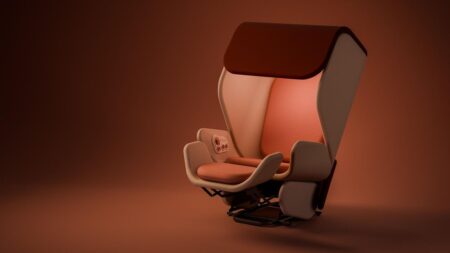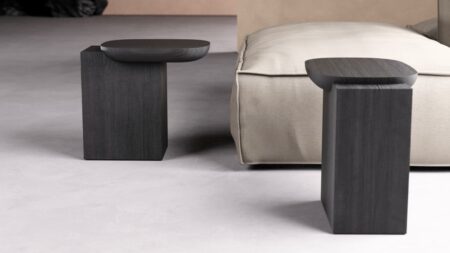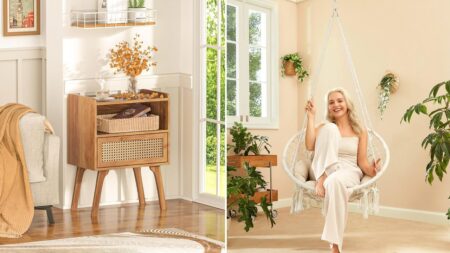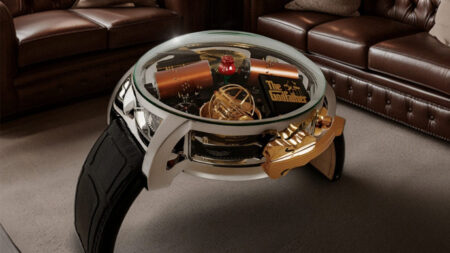When we buy furniture, we make sure it is sturdy and long-lasting. And when it gets broken or wears down by time and use, it either goes to a dark dingy storeroom (rarely) or gets thrown away, without a second thought about the possibility of it posing a threat to the environment. However, sustainable furniture that decomposes back into the earth at end of its life has given us a much-needed alterative. A case in point is the Blooming Decay Stool by London-based industrial designer Gisung Han. The Blooming Decay Stool is a potato plastic-based chair that is biodegradable and environmentally friendly.
After working with different eco-friendly plastics like agar, rice corn, gelatin, clay, and potato, the potato plastic was chosen for its strength and dryness. However, using only potato resulted in mold growth and shrinkage with warping when left to dry. Things exacerbated when flower seeds and fertilizers were added. To resolve the issue, materials such as coconut fiber, natural loofah fiber, clay, lime, plaster, beeswax were put to test. Mixing coconut fiber provided with the desired strength and least warping, as it possesses a moisture absorbing quality and also prevented mold. Gisung Han then added loofah fiber for enhanced elasticity.
His idea to create various type of bioplastics using sustainable and simple approach with production in mind gave birth to the thoughtful Blooming Decay Stool. The use of wildflower seeds has been prominent and most mindful as the stool decomposes back into nature and bloom again as a wildflower at the end of its life.
The stool has a tripod-like structure that could seamlessly rests on an uneven surface. Its basic and minimal geometric seat feature loofah fiber offering a comfy resting spot for your bottom. It has petal motif adding an elemental touch to it and stitched to the main structure using jute fiber.
It is not a quintessential piece of furniture, but transcends the limitations of traditional chairs that are durable and withstanding and take decades to decompose. Breaking this stereotype, the designer embraces a more flawed and imperfect approach that believes in producing a chair that breaks easily and finds beauty in its decay and impermanence.
Gisung Han purposely made it a part of outdoor scenarios like festivals and campsites, where its deteriorating process could be embraced and accepted by the natural surroundings and witnessed by people. The design of this chair is made to be considerate to the environment and could be left outdoors to decay without being a threat to the surroundings.
Also Read: This Upcycled Stool Uses Luffa Gourd, Coffee Grounds, and Clay to Achieve Uniqueness
It could be a great garden addition and bring some character to any backyard space with its uniqueness. Being the most sustainable chair, the Blooming Decay Stool is made from readily available materials. Embracing the impermanence, it beautifully showcases the idea that nothing lasts forever. But for the time it lasts, it should be in its most raw and organic nature.





Follow Homecrux on Google News!




